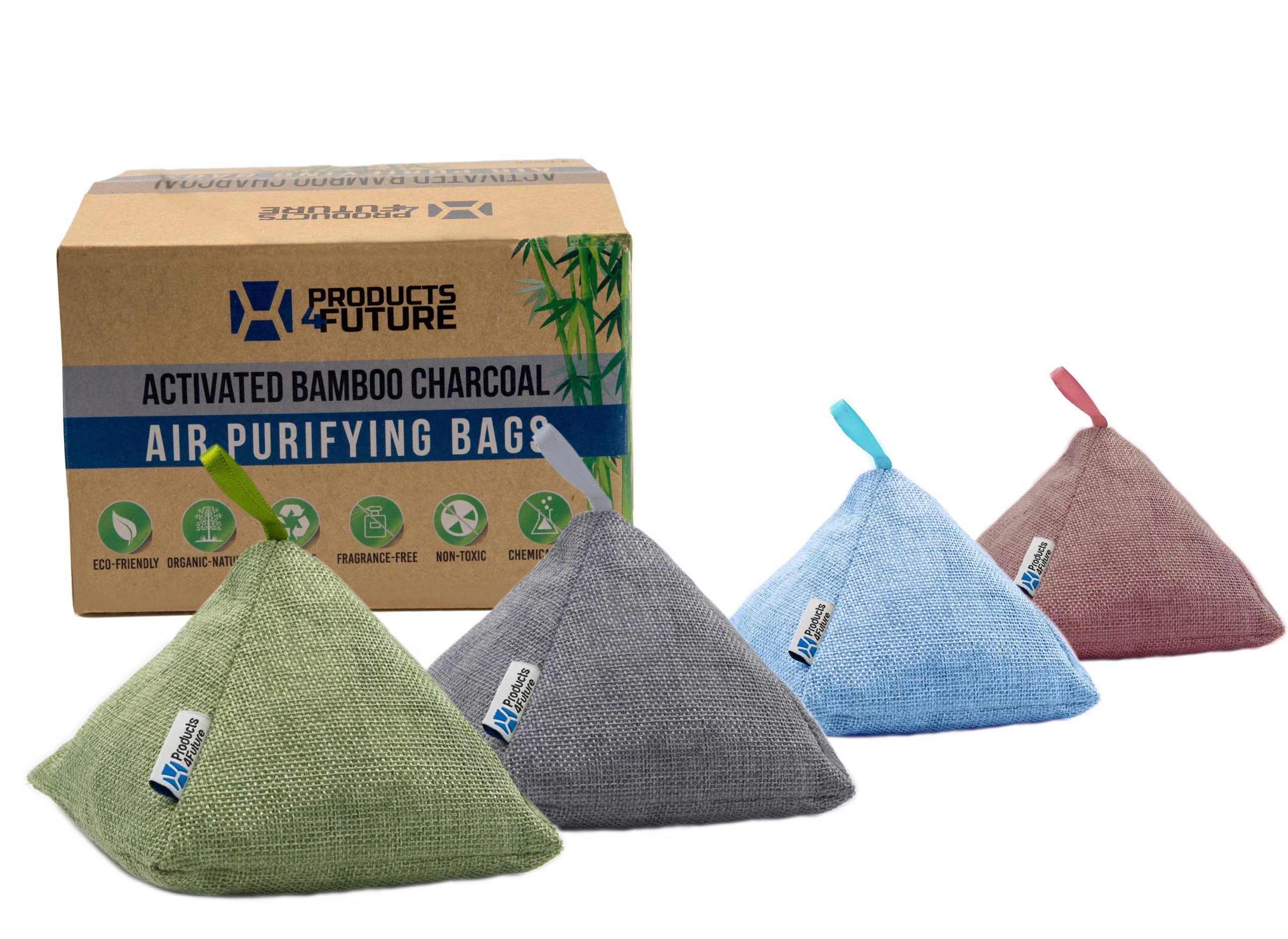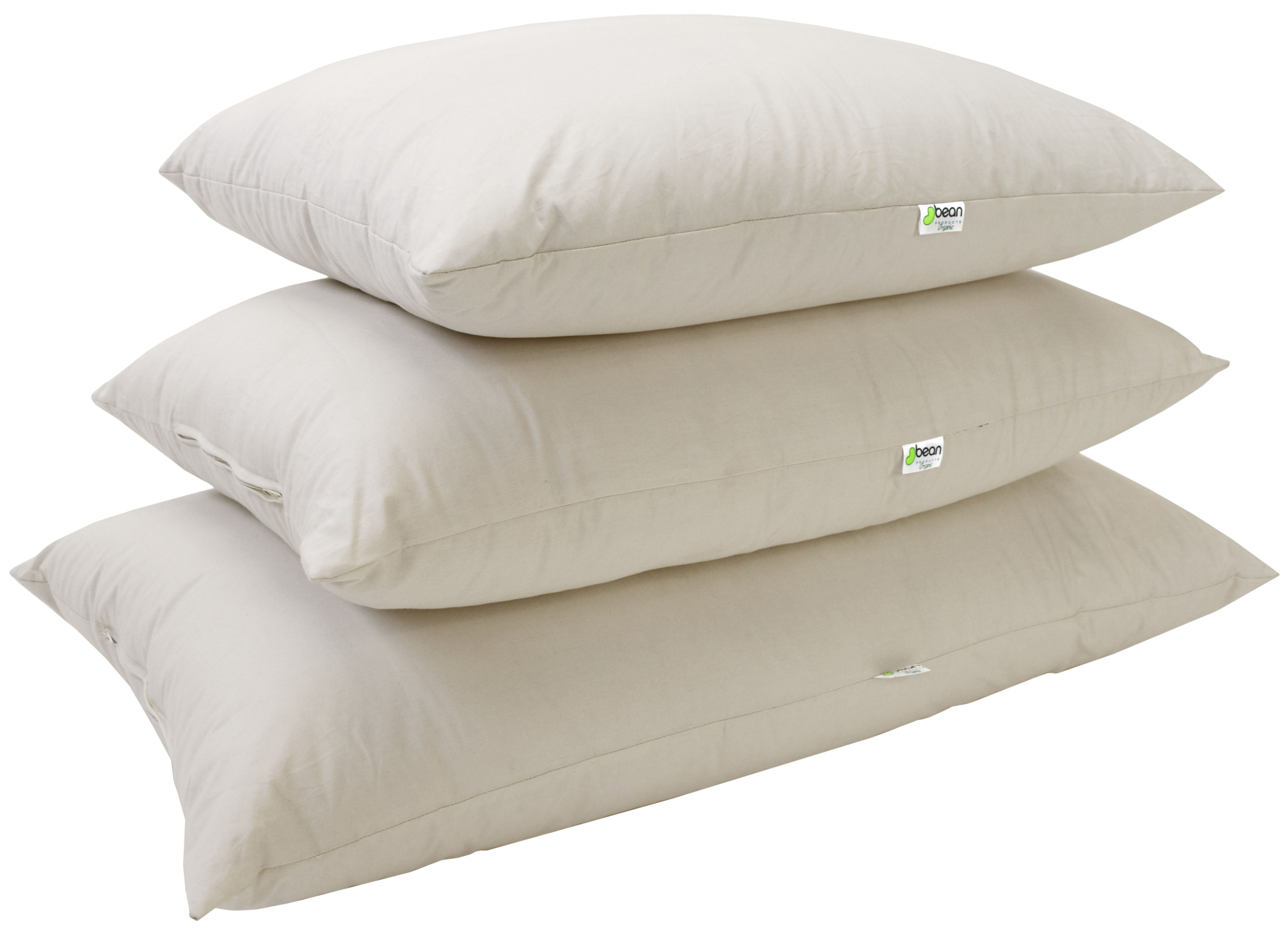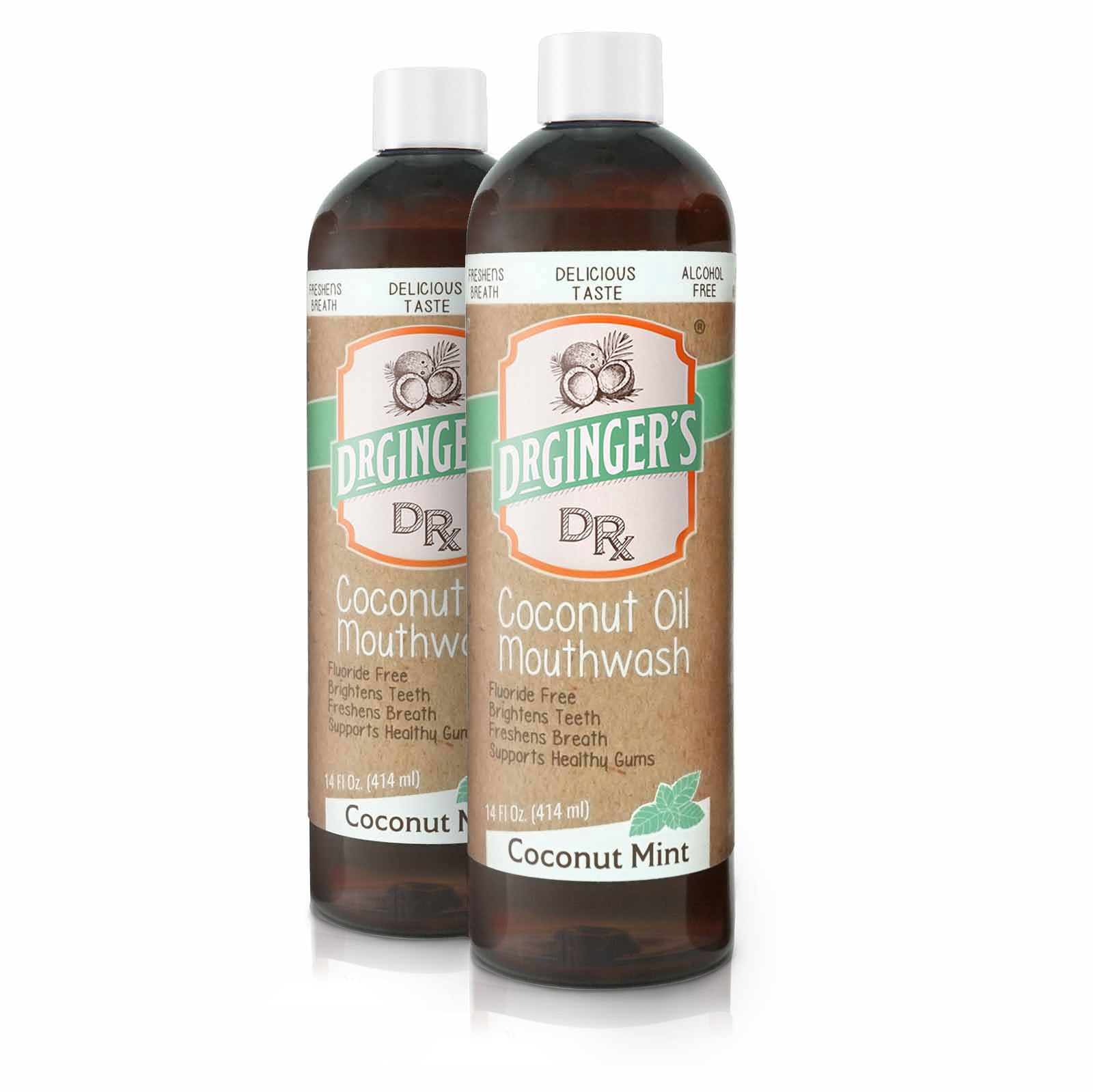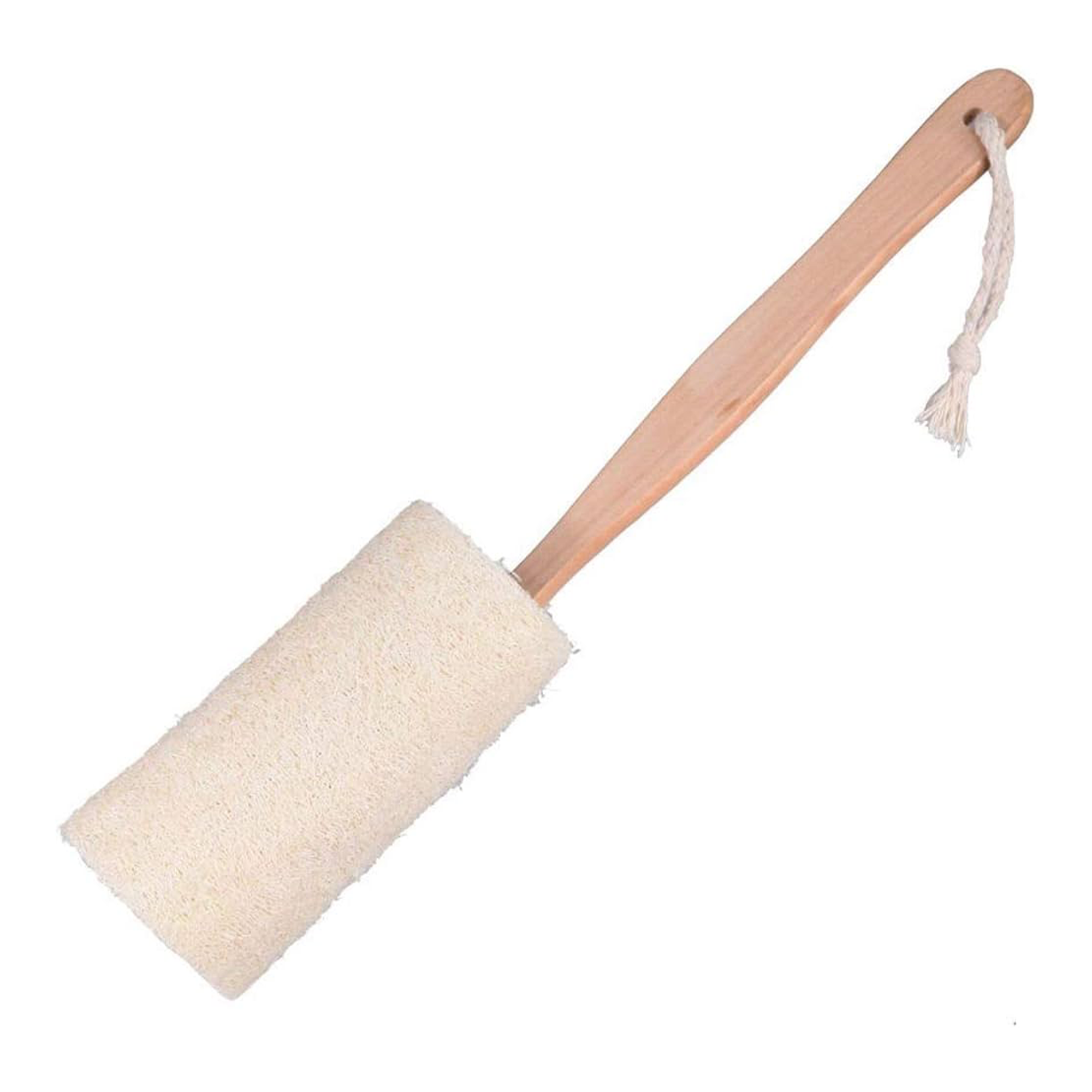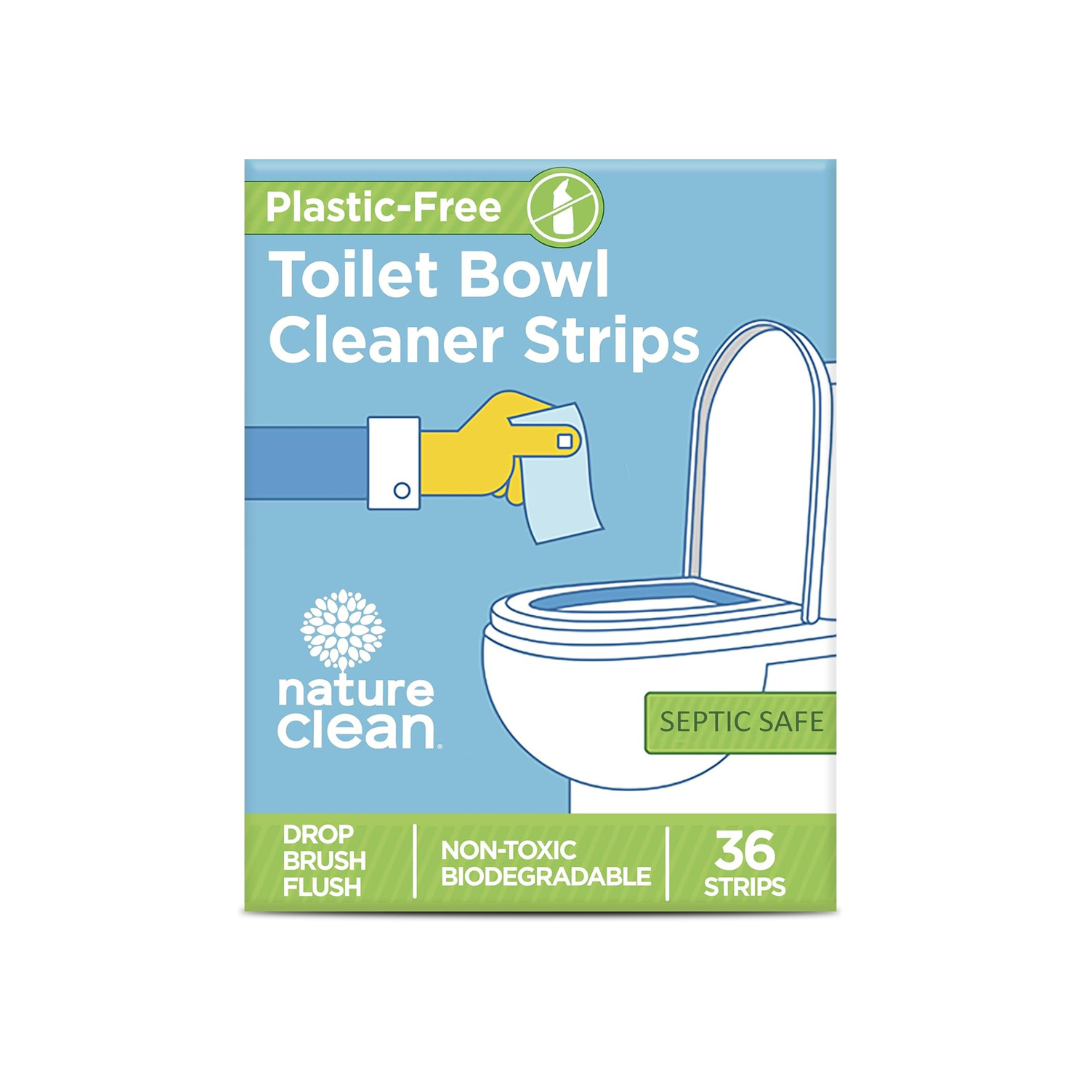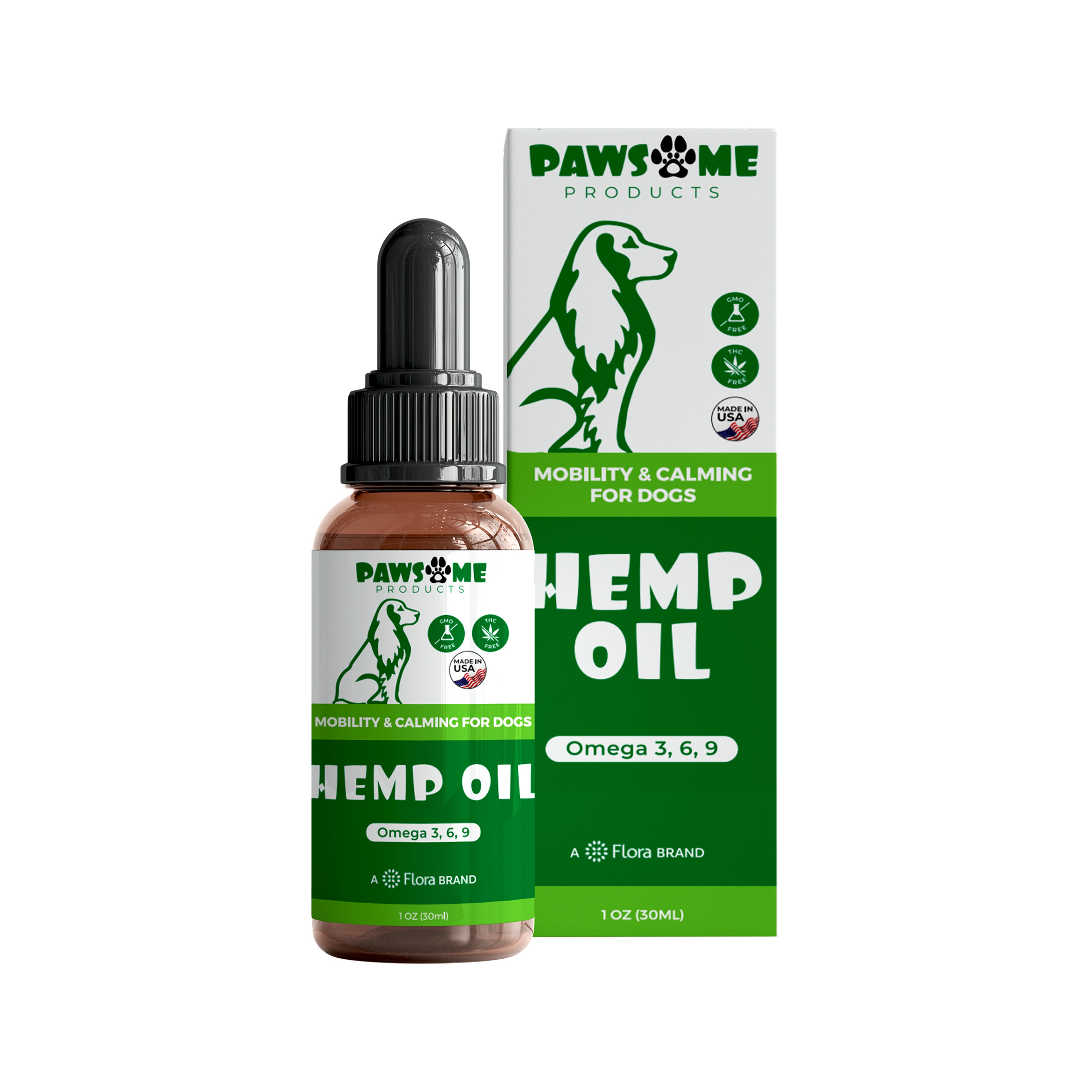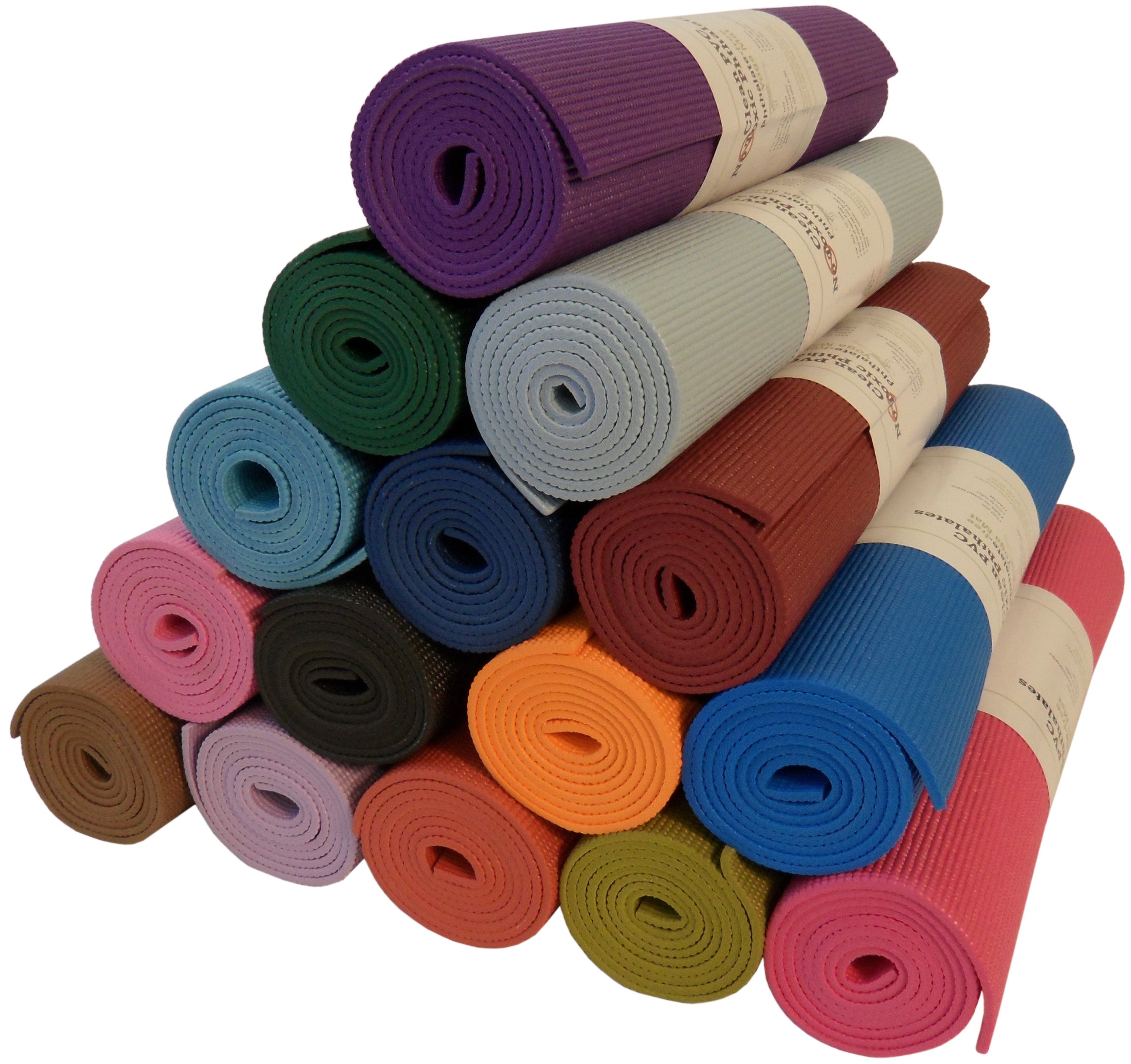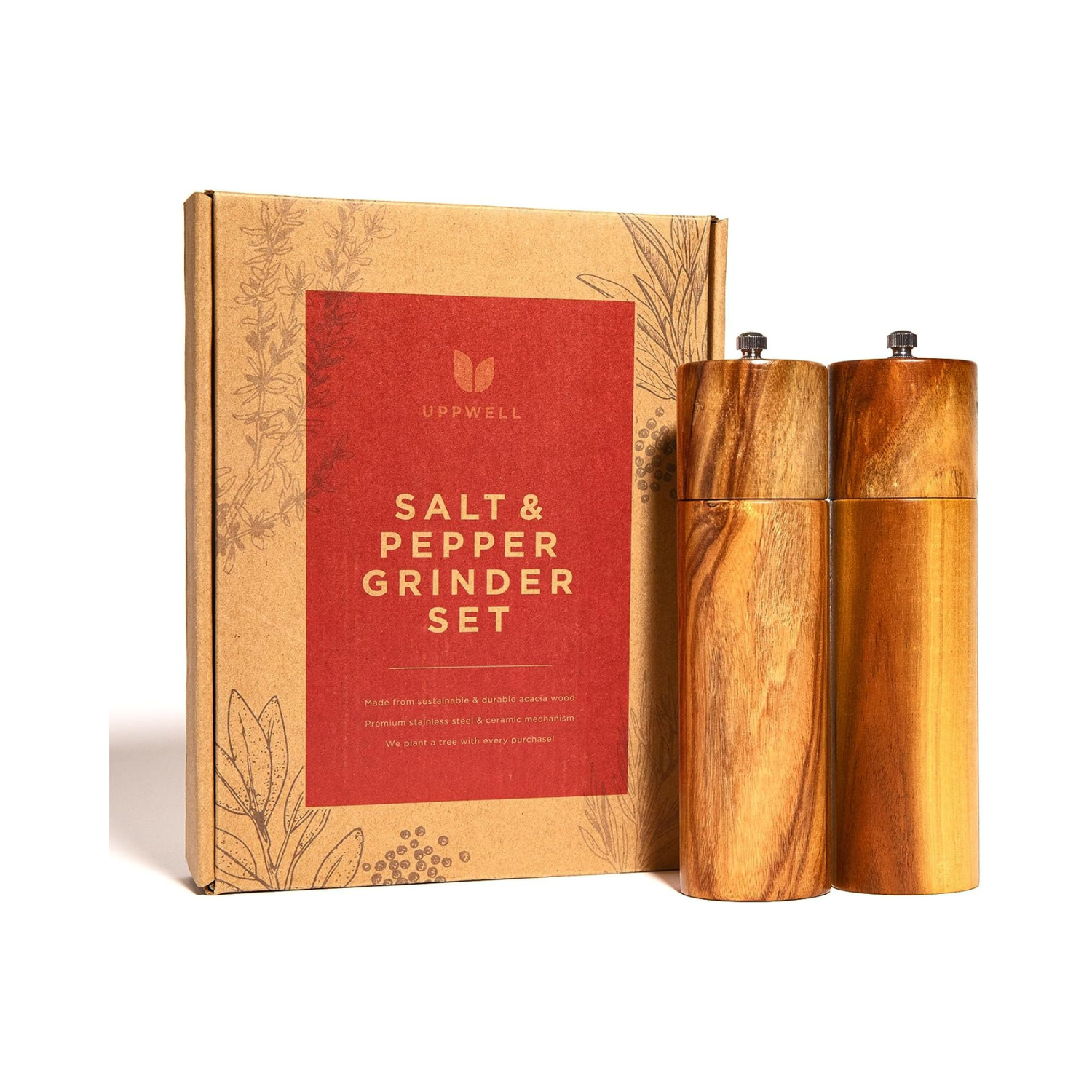In the world of sustainable fashion and eco-friendly textiles, one term that frequently pops up is "viscose." This material, known for its silky texture and versatile applications, has been both celebrated and scrutinized for its environmental footprint. In this blog, we'll delve deep into what viscose is, its production process, benefits, drawbacks, and its place in sustainable living.
What is Viscose?
Viscose, commonly referred to as rayon, is a semi-synthetic fiber made from regenerated cellulose. Derived primarily from wood pulp, this material is a popular choice in the textile industry due to its cotton-like feel, affordability, and biodegradability under certain conditions.
Production Process
The journey of viscose from wood to wardrobe involves several chemical processes. It starts with treating the wood pulp with sodium hydroxide, followed by the addition of carbon disulfide, turning it into xanthate. The resulting solution is then dissolved in more sodium hydroxide, creating a viscous solution known as viscose. This solution is extruded through spinnerets into an acid bath, where it regenerates into cellulose fibers, ready to be spun into yarn.
Sustainability Aspect
Viscose's sustainability is a hotly debated topic. On one hand, it is derived from renewable plant-based materials, making it more sustainable than synthetic fibers derived from petroleum. However, the chemical process involved in its production raises environmental concerns due to the use of hazardous chemicals like carbon disulfide, which can be toxic to workers and the environment if not managed properly.
Benefits of Viscose
- Soft and Comfortable: Viscose fabrics are soft, breathable, and moisture-absorbent, making them extremely comfortable to wear.
- Drape and Color Retention: It drapes beautifully and holds dye well, offering vibrant colors in clothing.
- Versatile: It blends seamlessly with other fibers and is used in everything from t-shirts and dresses to linings and upholstery.
Drawbacks of Viscose
- Environmental Impact: The chemical process can be harmful unless strict environmental controls are in place.
- Water-Intensive: Viscose production is water-intensive, which can be problematic in water-scarce regions.
- Durability Issues: While comfortable, viscose fabrics can sometimes be less durable than other fibers and prone to shrinking or warping if not cared for properly.
Viscose and Sustainable Living
To align viscose production with sustainable living principles, many manufacturers are now adopting eco-friendly practices. These include using closed-loop systems that recover and reuse chemicals and sourcing wood pulp from certified sustainable forests. Brands committed to sustainability are increasingly transparent about their viscose production methods, ensuring they meet environmental standards and support ethical practices.
Incorporating Viscose into Your Lifestyle
When shopping for viscose products, look for certifications like FSC (Forest Stewardship Council) or PEFC (Programme for the Endorsement of Forest Certification) that ensure the wood pulp is sourced from responsibly managed forests. Additionally, supporting brands that use a closed-loop process can help minimize the environmental impact of your viscose garments.
FAQs About Viscose
What is the difference between viscose and rayon?
Viscose is a type of rayon. While all viscose is rayon, not all rayon is viscose. The terms are often used interchangeably, but there are other types of rayon like modal and lyocell, which differ in production processes and properties.
How do you care for viscose fabrics?
Viscose garments should be cared for by following the specific washing instructions provided on the label. Generally, gentle washing and avoiding high temperatures help maintain the integrity of the fabric.
Is viscose better for the environment than cotton?
Viscose has both pros and cons compared to cotton. It is less water-intensive than cotton but the chemical process involved in its production can be more harmful unless managed properly.
Can viscose be recycled?
Yes, viscose can technically be recycled, although the infrastructure for textile recycling is not as robust as for other materials like cotton or polyester.
Is viscose biodegradable?
Yes, as a cellulosic fiber, viscose is biodegradable under the right conditions. However, the environmental impact of its decomposition depends on the chemicals used in its production.
Conclusion and Call to Action
Viscose stands at the intersection of innovation and tradition in the textile industry, embodying the complexities of sustainable material production. As consumers, it's crucial to be informed about the origins and impacts of the materials we choose. By opting for responsibly produced viscose and supporting brands that prioritize eco-friendly practices, we can make a positive impact on the environment.
Explore more about sustainable materials and responsible fashion choices on our Sustainable Living blog and learn how you can contribute to a healthier planet. Join the Flora community today, and let's thrive together in making conscious choices that benefit our world.
For further reading, check out these resources:
- Forest Stewardship Council (FSC)
- Programme for the Endorsement of Forest Certification (PEFC)
- Textile Exchange's Responsible Forestry Sourcing Guide




